Table of Contents
1. Introduction
The International Day of Family Remittances (IDFR) is a globally recognized observance that takes place every year on June 16th. It acknowledges the significant contribution of over 200 million migrants who support their 800 million family members back home, creating a future of hope for their children. This day highlights the impact of remittances on households, communities, countries, and regions. The theme for this year’s observance focuses on the benefits of digital and financial inclusion when linked to remittances in helping remittance families achieve their own Sustainable Development Goals (SDGs).
2. Understanding the International Day of Family Remittances
The IDFR is an observance adopted by the United Nations General Assembly. Its purpose is to raise awareness about the impact of remittances and encourage governments, private sector entities, and civil society to maximize their positive effects through individual and collective actions. The IDFR is fully recognized at the global level and is included as one of the key initiatives to implement the Global Compact for Safe, Orderly, and Regular Migration.
3. The Importance of Digital Technologies in Financial Inclusion
The IDFR 2023-24 campaign focuses on promoting digital technologies to enhance financial inclusion in low- and middle-income countries (LMICs). Digital remittances offer numerous advantages such as speed, convenience, and lower transaction costs compared to traditional methods. By leveraging digital technologies, more people can access formal financial services, contribute to the economy, and improve their overall well-being.
4. Achieving the Cost Reduction Target
SDG 10.c sets a target to reduce the transaction costs of migrant remittances to less than 3%. Currently, the average cost of transferring $200 across international boundaries to LMICs is around 6%. While mobile providers offer the best rates at 3.5%, digital channels account for less than 1% of transactions. The IDFR campaign aims to work towards achieving the cost reduction target mentioned in SDG 10.c by promoting innovative solutions and partnerships that drive down the costs of remittance transfers.
5. Recognizing the Resilience of Migrant Workers
The IDFR and the United Nations commend the determination and resilience of migrant workers, especially in light of challenges such as the ongoing COVID-19 pandemic and recent geopolitical events. Migrant workers play a crucial role in supporting their families and communities. Their contributions should be acknowledged and supported through initiatives that promote their well-being and create an enabling environment for them to thrive.
6. Promoting Digital and Financial Solutions for Remittances
Governments, financial institutions, and international organizations are actively promoting digital and financial solutions to facilitate remittances. By leveraging technology and innovative platforms, remittance recipients can receive funds directly into their mobile wallets or bank accounts, eliminating the need for physical cash transactions. These digital solutions not only increase convenience but also improve transparency and security in remittance transfers.
Financial technology (fintech) companies are playing a crucial role in this space by developing user-friendly mobile applications and online platforms that facilitate low-cost and efficient remittance services. These platforms often provide competitive exchange rates and offer value-added services such as bill payments, savings accounts, and insurance options, further empowering remittance recipients to manage their finances effectively.
7. Get Involved: Share Your Practice!
The IDFR campaign encourages stakeholders to share their best practices and success stories in utilizing digital and financial solutions for remittances. This sharing of knowledge and experiences can inspire others to adopt similar strategies and contribute to the advancement of financial inclusion and cost reduction in remittance flows. Governments, financial institutions, fintech companies, and individuals are invited to participate by showcasing their initiatives and innovative approaches.
8. Background of the International Day of Family Remittances
The International Day of Family Remittances was first observed on June 16, 2015, following a unanimous decision by the United Nations General Assembly. The day was established to recognize the significant impact of remittances on the well-being and development of individuals and communities worldwide. Since then, it has become an annual event that brings attention to the challenges and opportunities associated with remittance flows.
9. Trends in Remittance Flows
Remittance flows have been steadily increasing over the years. According to the World Bank, global remittances are projected to reach $630 billion in 2022, demonstrating their growing significance in the global economy. Remittances contribute to poverty reduction, improved education, better healthcare, and overall economic development in many countries.
10. Events in 2023
The International Day of Family Remittances in 2023 will be marked by various events and activities organized by governments, international organizations, and civil society groups. These events aim to raise awareness, share knowledge, and foster collaboration to maximize the impact of remittances on development. Panels, workshops, and seminars will provide platforms for discussions on digital innovations, policy frameworks, and inclusive financial systems.
11. A War in a Pandemic: Migration and Remittance Flows
The COVID-19 pandemic has significantly affected global migration patterns and remittance flows. Travel restrictions, lockdowns, and economic uncertainties have disrupted the livelihoods of migrant workers, leading to a decline in remittance flows in certain regions. However, the resilience of migrant workers and the adoption of digital remittance solutions have helped mitigate the impact to some extent. The IDFR campaign acknowledges these challenges and emphasizes the importance of supporting migrant workers during these difficult times.
12. Remittances to Reach $630 billion in 2022
Despite the challenges posed by the pandemic, remittances have shown remarkable resilience. The World Bank predicts that remittance flows to LMICs will reach $630 billion in 2022, surpassing the pre-pandemic level of $596 billion in 2019. This highlights the essential role played by migrant workers in supporting their families and contributing to the economies of their home countries.
13. The Role of Remittances in Achieving the SDGs
Remittances play a vital role in achieving the Sustainable Development Goals (SDGs) outlined by the United Nations. They contribute directly to poverty reduction (SDG 1), improved access to education (SDG 4), better healthcare (SDG 3), and increased access to financial services (SDG 9). By leveraging digital and financial solutions, remittances can have an even more significant impact on sustainable development, promoting economic growth and reducing inequality.
14. Transforming Remittances: Advancing Financial Inclusion and Cost Reduction for SDGs
Transformative power of digital and financial inclusion in remittances, empowering families to achieve their own Sustainable Development Goals (SDGs). IFAD, as custodian of the International Day of Family Remittances (IDFR), supports the #FamilyRemittances Campaign 2020-2030, aiming to help one billion people reach their SDGs. The IDFR 2023-24 campaign promotes digital technologies for financial inclusion in LMICs and targets a 3% cost reduction in remittances as outlined in SDG 10.c. Join us, along with the United Nations, in fostering resilience and inclusion by promoting digital and financial solutions for remittances.
15. Conclusion
The International Day of Family Remittances serves as a global platform to recognize and celebrate the contributions of migrant workers and their families. It highlights the potential of digital and financial solutions in making remittances more accessible, affordable, and secure. By embracing innovative technologies and fostering collaboration among stakeholders, we can harness the power of remittances to drive sustainable development, empower individuals, and create a better future for all.
FAQs – International Day of Family Remittances 2023
Q1: What is the International Day of Family Remittances (IDFR)?
A1: The International Day of Family Remittances is a globally recognized observance held on June 16 each year. It highlights the significant contributions of remittances made by migrant workers to the well-being and development of their families and communities.
Q2: Why are digital and financial solutions important for remittances?
A2: Digital and financial solutions play a crucial role in remittances as they provide convenient, secure, and cost-effective channels for transferring funds. These solutions enable recipients to receive remittances directly into their mobile wallets or bank accounts, reducing reliance on cash and offering additional financial services.
Q3: How do digital solutions improve transparency in remittance transfers?
A3: Digital solutions provide a transparent record of remittance transactions, making it easier to track and trace funds. This transparency helps prevent fraud, money laundering, and other illicit activities, ensuring the security of remittance transfers.
Q4: How can fintech companies contribute to the remittance industry?
A4: Fintech companies are at the forefront of driving innovation in the remittance industry. They develop user-friendly mobile applications and online platforms that offer competitive exchange rates, low-cost transfer options, and value-added services like bill payments and savings accounts, making remittances more accessible and beneficial for recipients.
Q5: How can I participate in the International Day of Family Remittances?
A5: You can participate in the International Day of Family Remittances by sharing your best practices, success stories, or innovative approaches in utilizing digital and financial solutions for remittances. This sharing of knowledge and experiences can inspire others and contribute to the advancement of financial inclusion and cost reduction in remittance flows.
Q6: How has the COVID-19 pandemic affected remittance flows?
A6: The COVID-19 pandemic has had a significant impact on remittance flows due to travel restrictions, lockdowns, and economic uncertainties. Many migrant workers faced job losses or reduced incomes, resulting in a decline in remittance flows in certain regions. However, the resilience of migrant workers and the adoption of digital remittance solutions have helped mitigate the impact to some extent.
Q7: How do remittances contribute to the Sustainable Development Goals (SDGs)?
A7: Remittances contribute directly to several SDGs, including poverty reduction (SDG 1), improved access to education (SDG 4), better healthcare (SDG 3), and increased access to financial services (SDG 9). They play a vital role in driving sustainable development, promoting economic growth, and reducing inequality.
Q8: What is the projected growth of remittance flows?
A8: According to the World Bank, global remittances are projected to reach $630 billion in 2022, surpassing the pre-pandemic level of $596 billion in 2019. Despite the challenges posed by the pandemic, remittances have shown resilience, highlighting the essential role played by migrant workers in supporting their families and contributing to the economies of their home countries.
Stay Updated
- Follow us on Facebook for the latest updates and Daily Current Affairs
- Subscribe to our website for more updates on upcoming exams and results.
As the International Day of Family Remittances approaches, let us acknowledge the immense impact of remittances and work together to ensure their full potential is realized. Together, we can build a more inclusive and prosperous world.
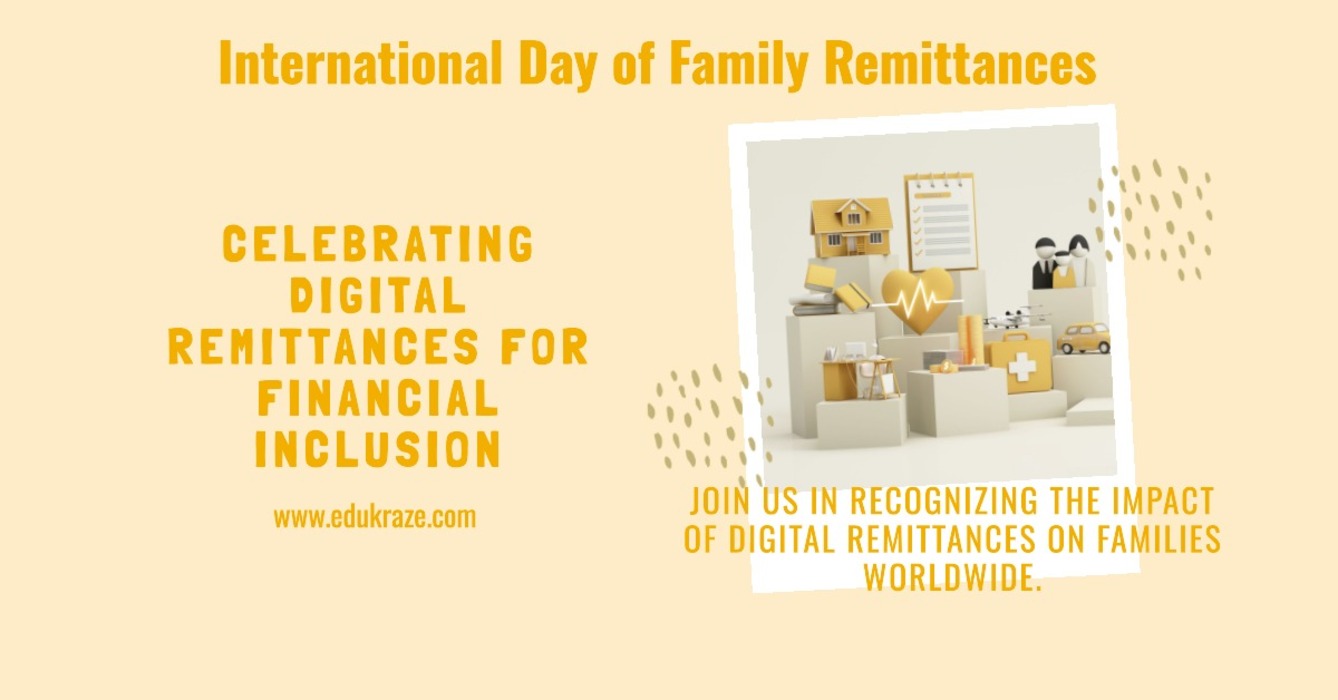
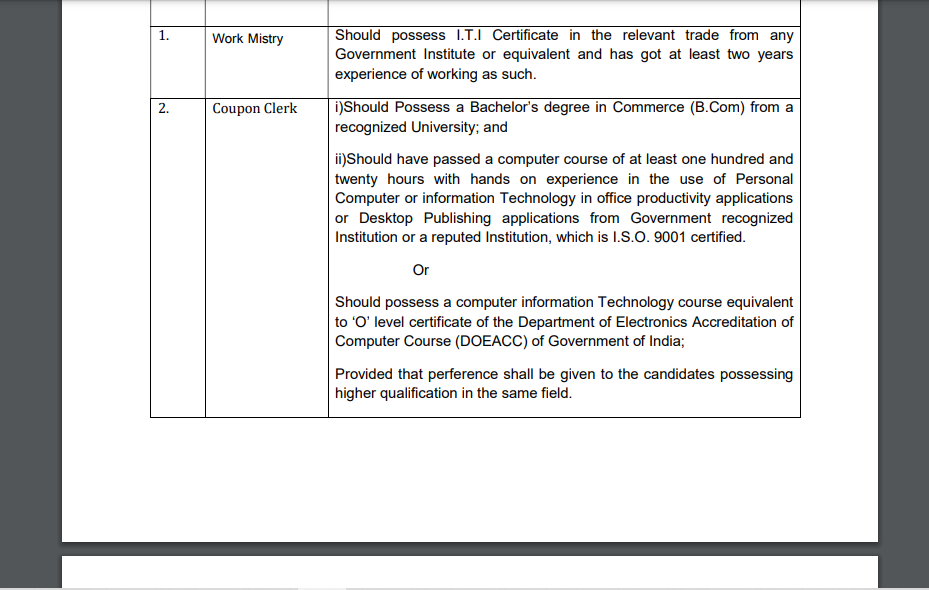
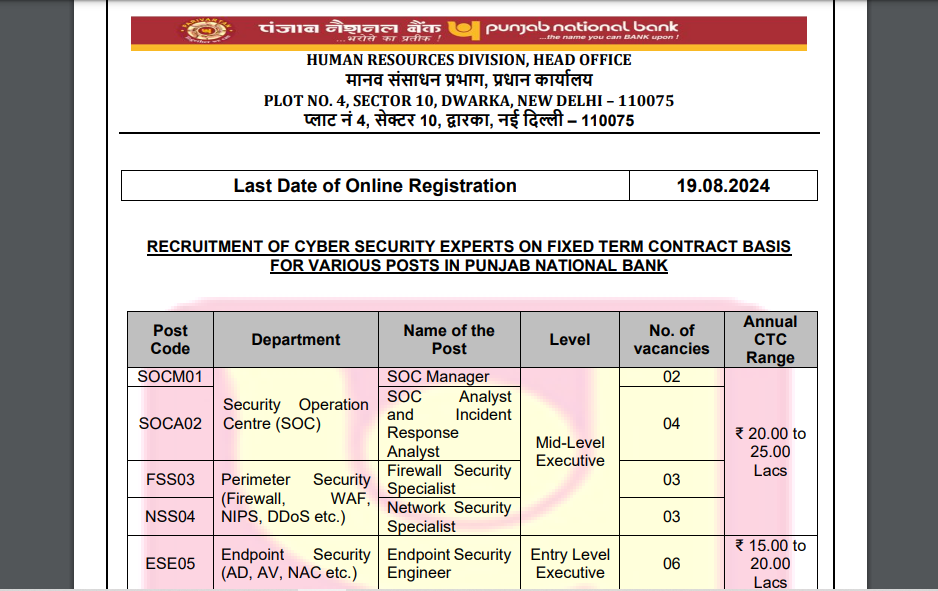
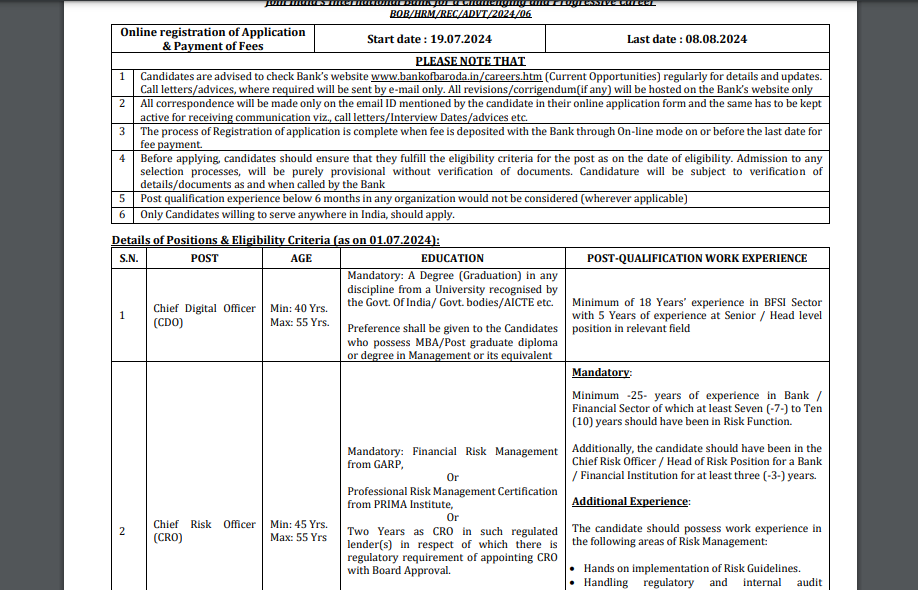
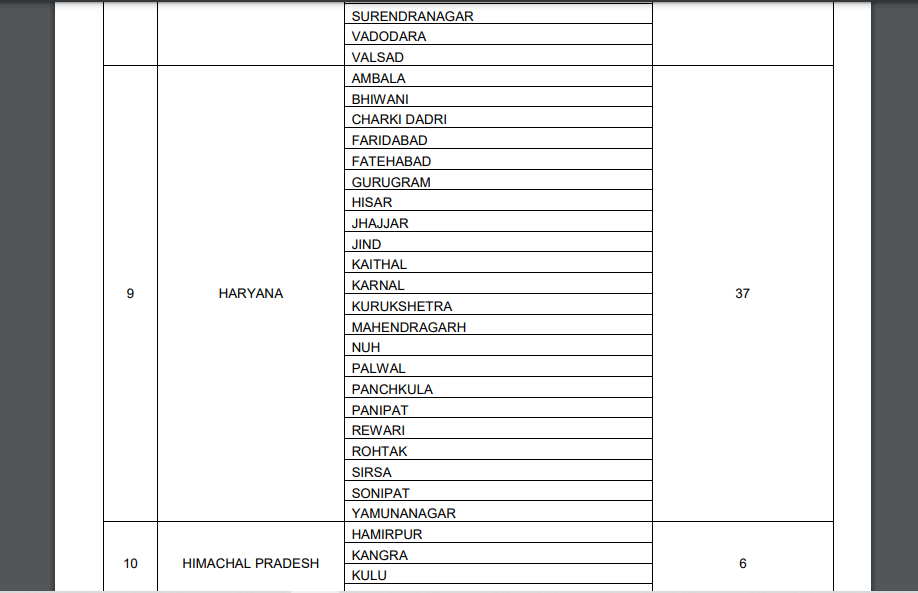
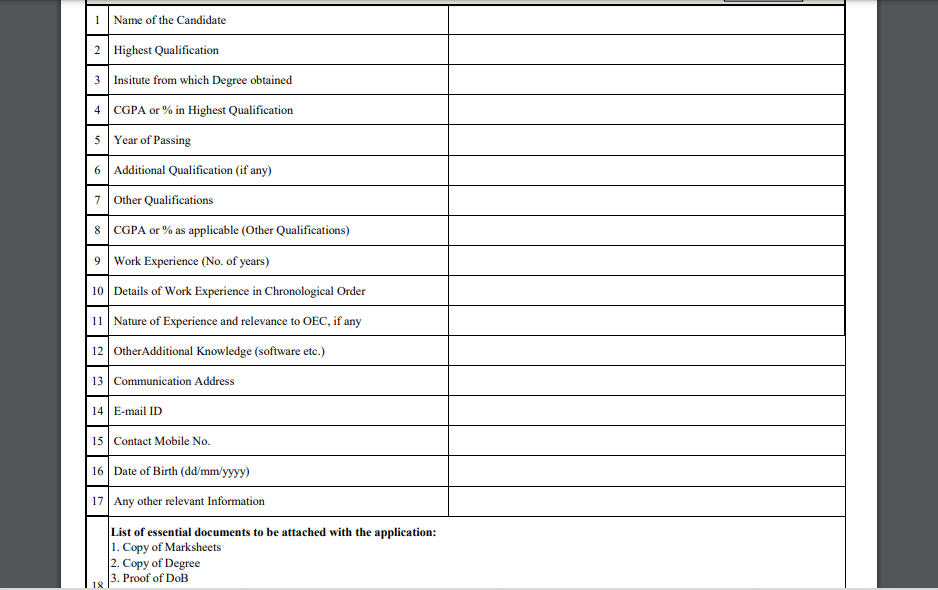


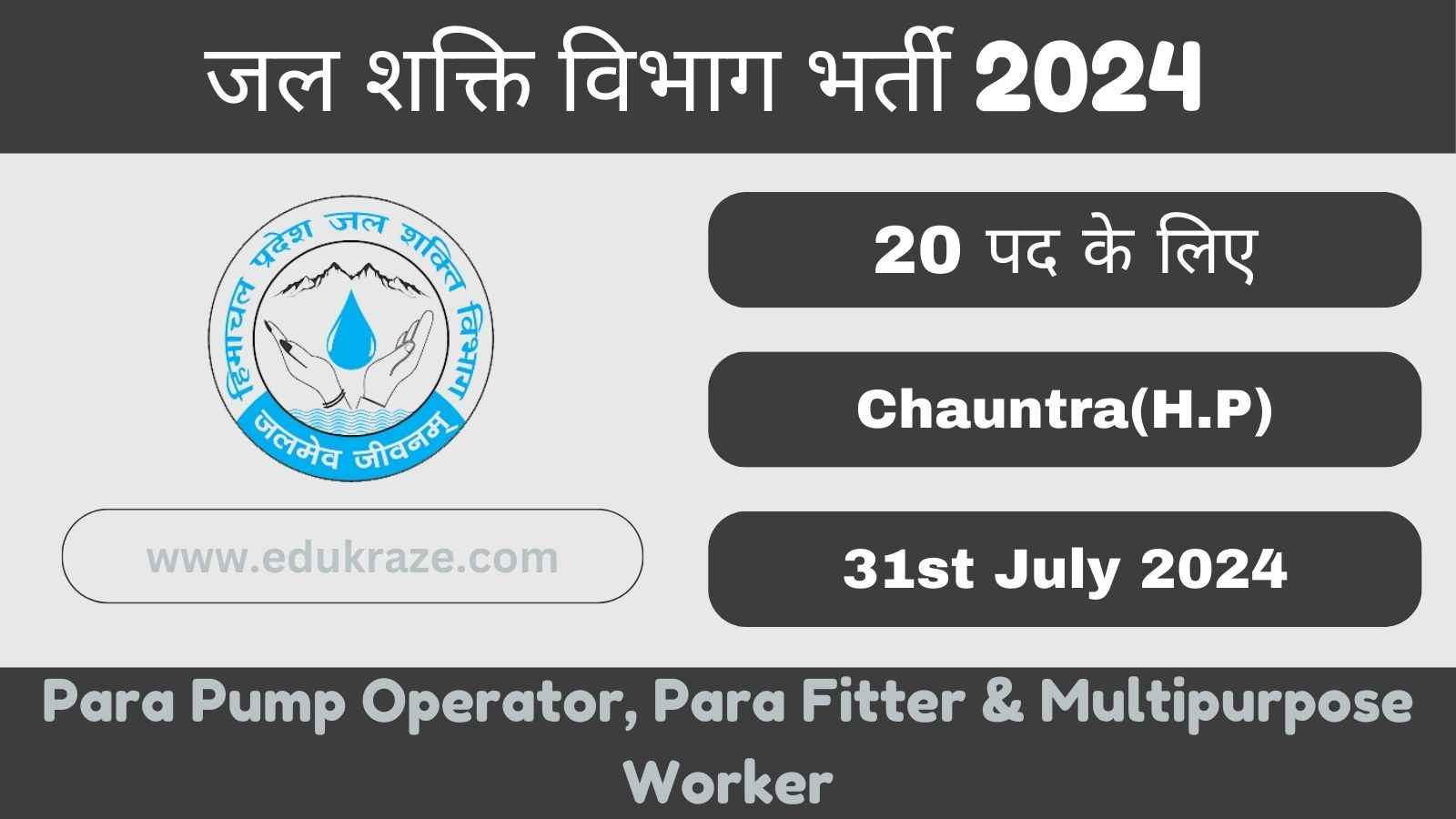



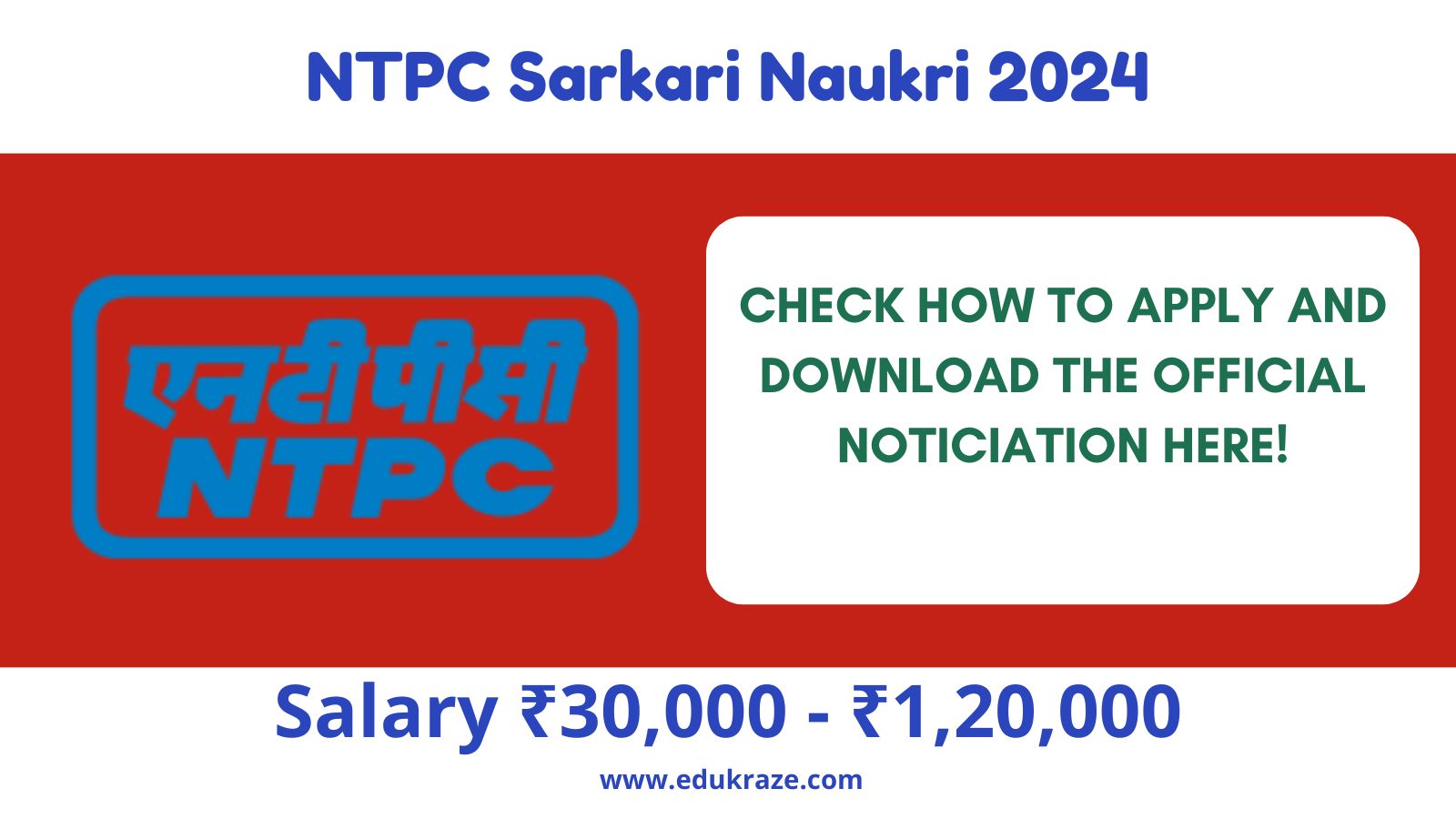
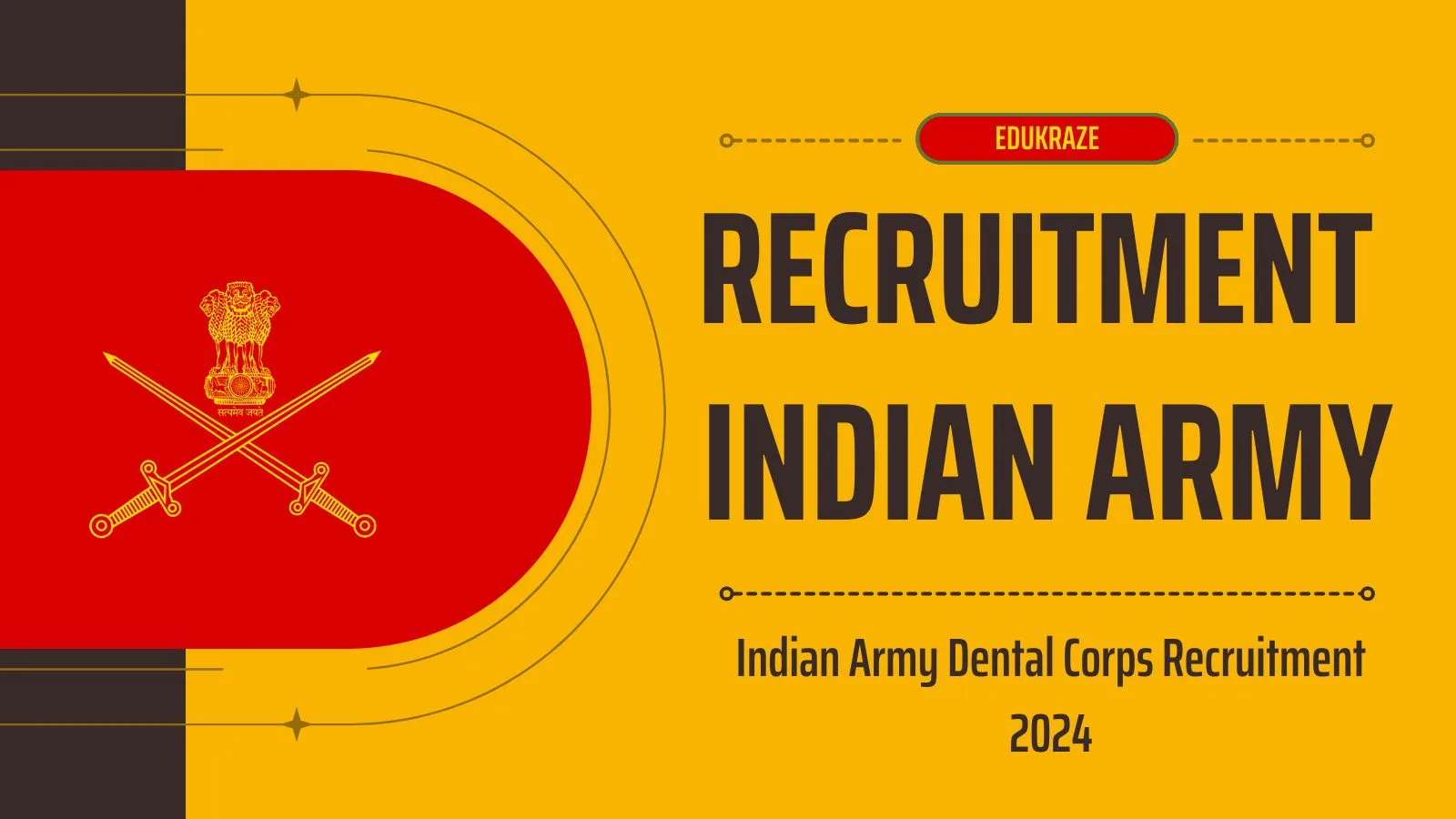
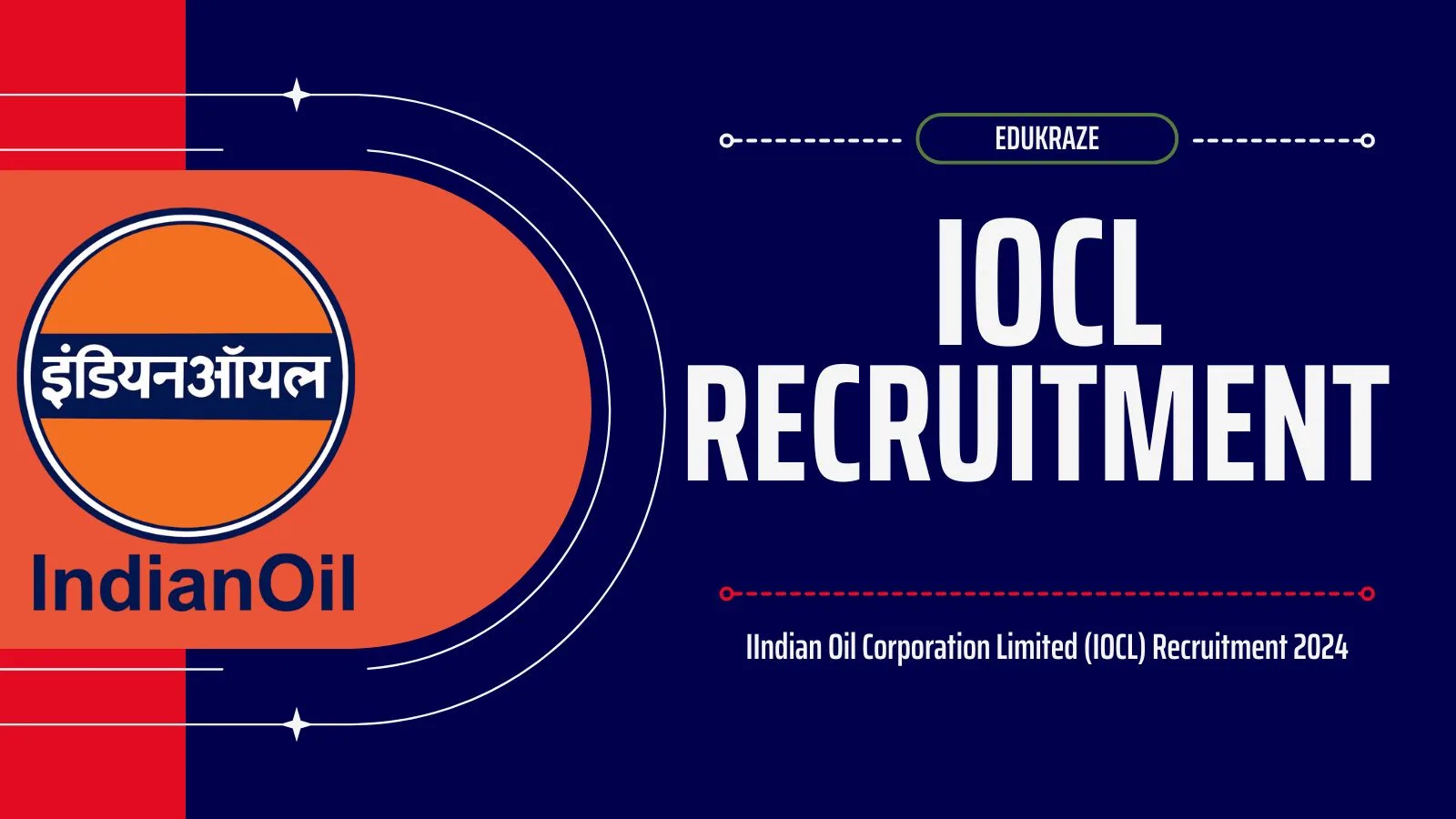

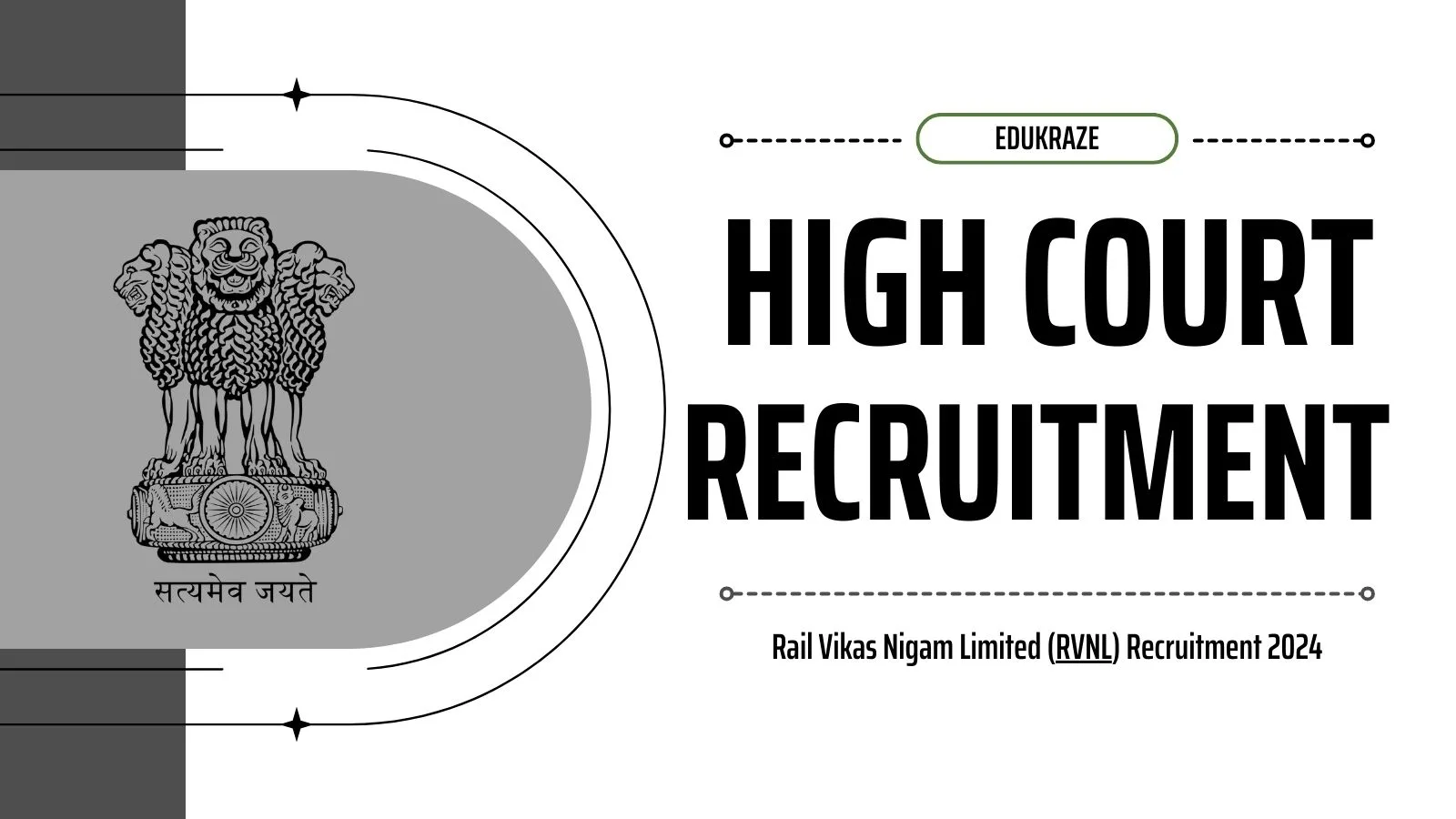








Wow, awesome blog format! How long have you been blogging for?
you made running a blog look easy. The full look of your
site is fantastic, let alone the content!